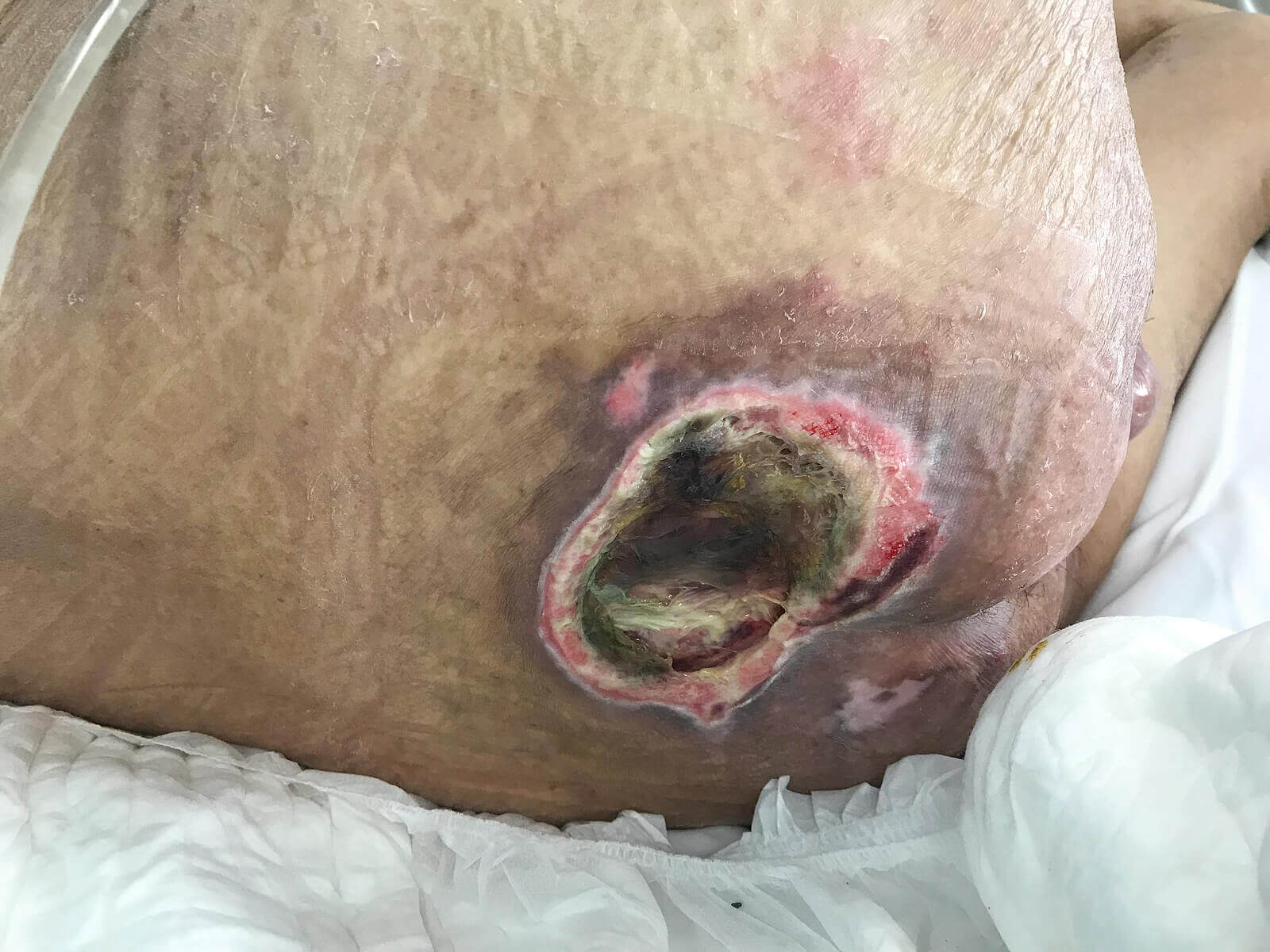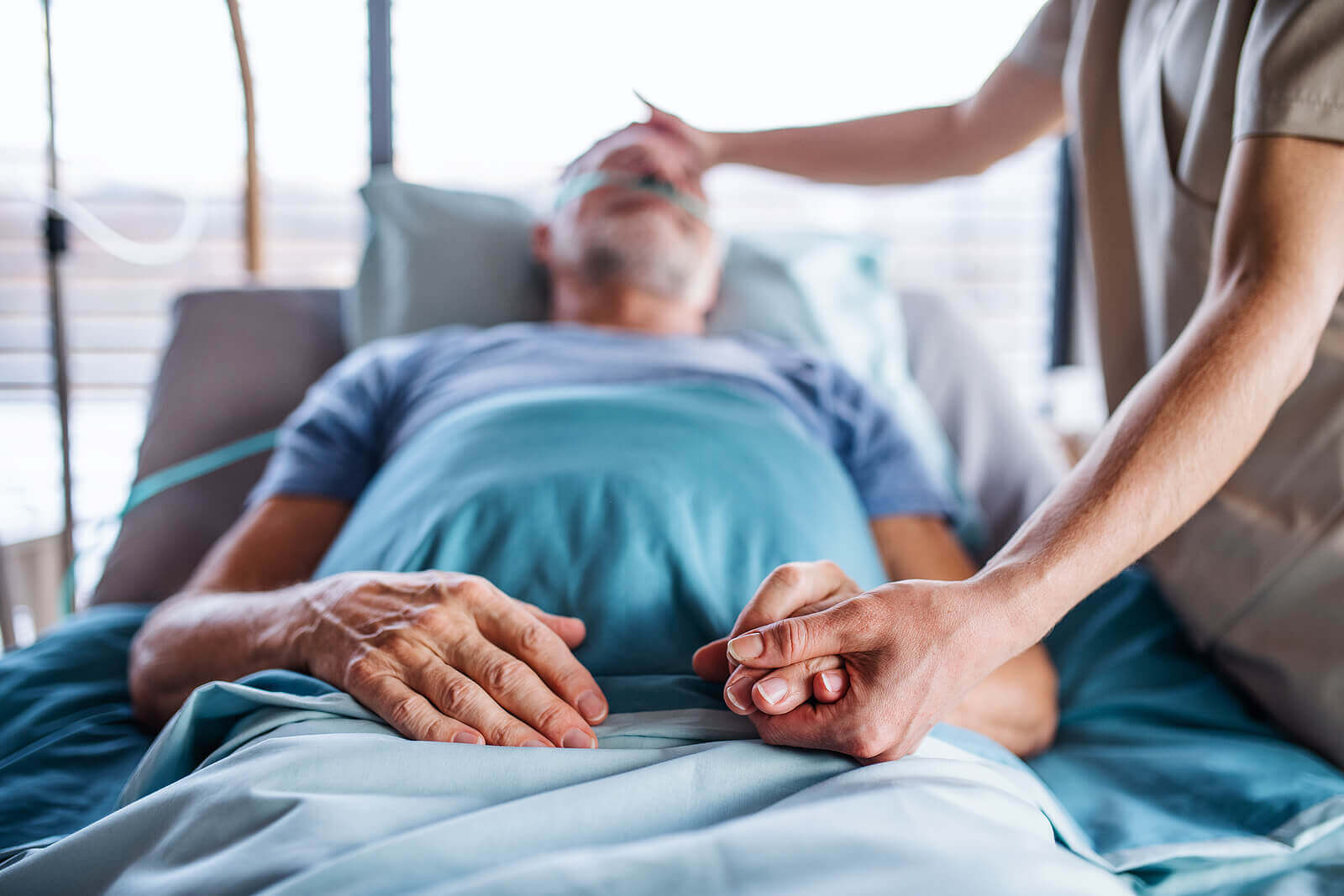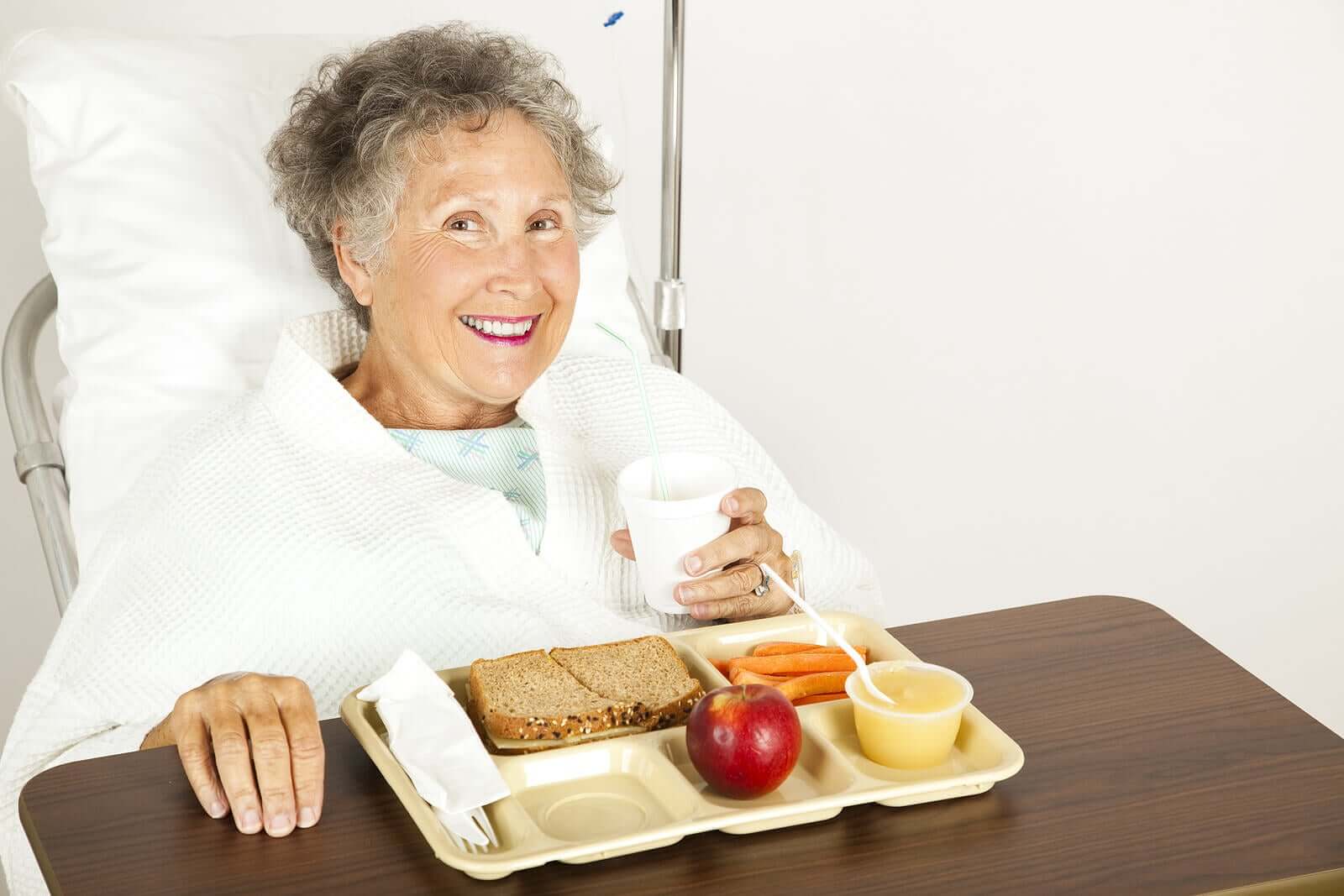How to Avoid and Treat Bedsores Naturally

Bedsores commonly form when someone spends a lot of time lying down due to an illness or age. The skin is put under a lot of pressure, and in certain areas the skin can first redden, then blister, and subsequently, form an ulcer.
To avoid and treat bedsores, we recommend you read the following article.
What are bedsores?
Patients that have to sit or lie down for long periods tend to suffer from what we also know as “pressure sores.” These wounds can be very painful and can further increase the inability of the person to move.
Bedsores occur as a result of the pressure exerted by the bones against the mattress or cushion. The skin between the two ends up without blood supply, which causes necrosis. It can also be the result of dampness in an area if the person suffers from urinary incontinence. The rubbing of the sacrum together with the pressure of lying down isn’t a good combination.
These ulcers are classified according to the quantity of layers of skin that are affected. They go from just reddening to affecting the bones. Bedsores can cause infection and a lot of suffering given that they get worse if the person doesn’t change position.

The risk factors that increase the formation of bedsores include:
- Old age
- Total immobility
- Urinary incontinence or lack of bladder control
- Malnutrition or dehydration
- Illnesses that take a long time to cure
- Mental disorders (dementia, confusion, Alzheimer’s)
- Use of sedative medicines
See this article: 8 Important Symptoms For The Elderly
How to prevent and treat bedsores
This problem is very common in elderly patients, and both nurses and caretakers as well as relatives should pay attention to prevent them from appearing and developing.
Here’s some advice to prevent bedsores:

1. Change position every 2 – 3 hours
Depending on the patient’s abilities, it is necessary to turn them over to allow the blood to circulate so that the skin is not always under pressure in the same place. For example, cushions can be used to tilt the back to the left or right.
2. Inspect vulnerable areas
There are areas of the body where bedsores are more common: ankles, hips, sacrum, knees, ears and shoulders. If there is reddening, it is important to treat it straight away to prevent an ulcer from appearing.
3. Maintain body hygiene
Even if someone is always lying down, they sweat and get dirty. A daily complete wash or shower is essential to reduce the risk of the appearance of bedsores.
- Always use unperfumed soap and don’t rub.
- Drying is also important, because dampness accelerates the reddening process.
4. Reduce pressure points
By using cushions or special items found in rehabilitation and care shops, it’s possible to avoid certain areas of the body exerting pressure on the mattress, sofa, or wheelchair.
For example, when the legs press against each other, a pillow can be put between the knees. There are small pillows and other items that can serve this function.
5. Feed and hydrate the patient

A balanced diet based on the needs of the person is essential to improve their health and provide all the nutrients they require. As well as water, teas and soup, jello is recommended to help increase the intake of liquids.
Want to know more? 5 Simple Ways to Decrease Water Retention
6. Avoid pressure on the ankles
A cushion can be placed under the calves so that the feet are left hanging, always making sure that the sheets and blankets don’t squash the toes. To this end, leave the linen as loose as possible.
7. Massage
Massaging two or three times a day is very important to increase circulation and prevent the muscles going numb. It is advisable to use special lotions or creams.
Never massage bony protrusions as this can put more pressureon the fine layer of skin that covers them.
8. Change the clothes and sheets
Check that the clothing worn by the patient is appropriate.
- It shouldn’t be very tight or very loose, because in the first case it doesn’t allow the skin to breathe, and in the latter case it can roll up and put pressure on certain areas.
- The clothes should not have buttons, zips or thick seams.
- With regard to the sheets, it is very important to change them periodically, above all to prevent dampness and dirtiness.
9. Exercise
If the patient can’t move themself, the person responsible should help them to exercise their legs, arms, neck, etc. These movements improve circulation and reduce the time spent putting pressure on the bed.
Natural remedies to treat bedsores
Only mild cases should be treated with home remedies. In addition, it’s best to consult a specialist who can recommend the best way to apply it or may apply it themself. Some remedies that may help include:
1. Aloe vera
You can buy it as a cream or directly cut the stem horizontally (and extract the inner gel). Aloe vera cools the skin, increases blood flow, prevents infection, and gives instant relief.
2. Magnesium milk to treat bedsores
This can be found in natural health shops and helps to reduce reddening and swelling. It should be applied with cotton wool on bedsores three times a day.
3. Honey to heal pressure ulcers
Thanks to its antibacterial properties, honey helps when the ulcer has recently formed. It also hydrates the skin. Apply a little honey to treat bedsores and cover with a bandage.
Bedsores are painful, but fortunately, they can be prevented. That’s why it’s so important to take the necessary measures and maintain good communication with your doctor.
All cited sources were thoroughly reviewed by our team to ensure their quality, reliability, currency, and validity. The bibliography of this article was considered reliable and of academic or scientific accuracy.
- Mayo Clinic. Úlceras de decúbito (úlceras por presión). 2018. Available at: https://www.mayoclinic.org/es-es/diseases-conditions/bed-sores/symptoms-causes/syc-20355893. Accessed 11/16, 2018.
- MedlinePlus. Úlcera por presión. 2018. Available at: https://medlineplus.gov/spanish/pressuresores.html. Accessed 11/16, 2018.
- Wikipedia. Aloe vera. 2018. Available at: https://es.wikipedia.org/wiki/Aloe_vera. Accessed 11/16, 2018.
- Wikipedia. Escara (medicina). 2018. Available at: https://es.wikipedia.org/wiki/Escara_(medicina). Accessed 11/16, 2018.
This text is provided for informational purposes only and does not replace consultation with a professional. If in doubt, consult your specialist.








